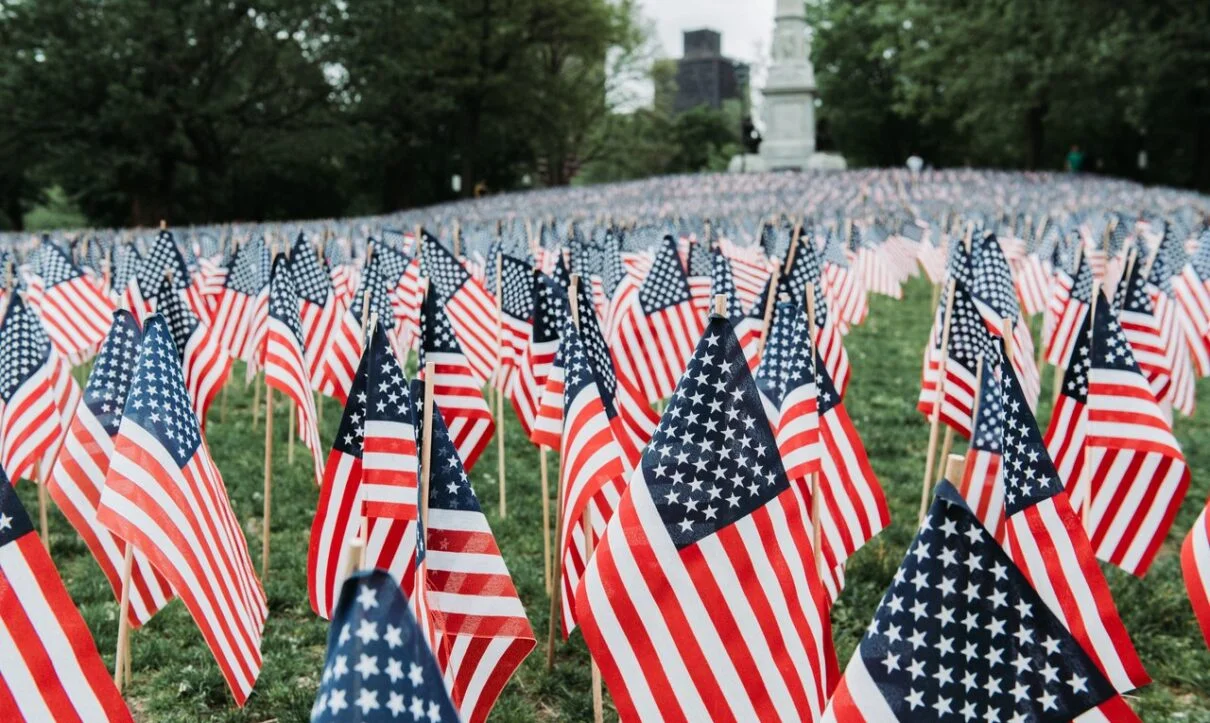National Moment of Remembrance: A Solemn Pause on Memorial Day
National Moment of Remembrance: A Solemn Pause on Memorial Day
Introduction
Memorial Day, observed on the last Monday of May, serves as a solemn reminder of the sacrifices made by military personnel who have died in service to the United States. While the day is often associated with the start of summer and recreational activities, its true significance lies in honoring those who have paid the ultimate price for freedom. One of the most poignant acts of remembrance takes place at 3:00 p.m. local time across the nation. This report delves into the significance, observance, and nationwide impact of the National Moment of Remembrance at 3 p.m. on Memorial Day.
The National Moment of Remembrance: Origins and Significance
The National Moment of Remembrance was established to reclaim Memorial Day as a day of remembrance, amid concerns that many Americans had lost touch with the day’s true meaning. The initiative began informally in 1996 when children in Washington, D.C., indicated they thought of Memorial Day merely as the day “the pools open.” This prompted a broader effort to refocus the day on its intended purpose: honoring those who died in military service (National Moment of Remembrance).
FormNational_moment_of_remembrancealized by Congress in December 2000 through the National Moment of Remembrance Act, the observance mandates a pause for one minute at 3:00 p.m. local time on Memorial Day. This time was chosen because it is when many Americans are likely enjoying their freedoms on the national holiday, making it a poignant moment to reflect on the costs of those freedoms (U.S. Memorial Day).
Observance Across the Nation
At precisely 3:00 p.m. on Memorial Day, Americans are encouraged to pause for a duration of one minute in a unified act of national solidarity. This moment of silence is observed in various ways across the country:
- Major League Baseball games halt to observe the moment.
- Amtrak trains sound their whistles nationwide to signal the commencement of the minute’s silence.
- Public events and private gatherings pause to honor the fallen.
This act of remembrance reaches millions, with activities coordinated by various organizations, including veterans’ groups, civic organizations, and community leaders. The White House and other governmental bodies also play a significant role in promoting and participating in this observance (Memorial Day Foundation).
Impact and Public Participation
The National Moment of Remembrance serves as a powerful reminder of the sacrifices made by military personnel and their families. It helps bridge the gap between the military and civilian populations, providing a way for all Americans to acknowledge and honor the ultimate sacrifices of their fellow countrymen and women.
Schools, businesses, and government offices across the nation also recognize and promote this observance, ensuring that the legacy of the fallen is remembered not just as a historical fact but as a deeply personal connection that touches all American lives. The Moment also supports educational efforts about Memorial Day, helping to teach younger generations about the significance of the day and the importance of honoring those who have served (National Moment of Remembrance).
Conclusion
The National Moment of Remembrance at 3 p.m. on Memorial Day is a crucial part of Memorial Day observances, ensuring that the day retains its significance as a time to honor those who have died in service to the United States. This moment serves as a unifying act for the nation, reminding all Americans, regardless of background or beliefs, of the price paid for their freedoms. As Memorial Day continues to evolve, this observance stands as a steadfast reminder of the day’s true purpose: remembrance and honor.






